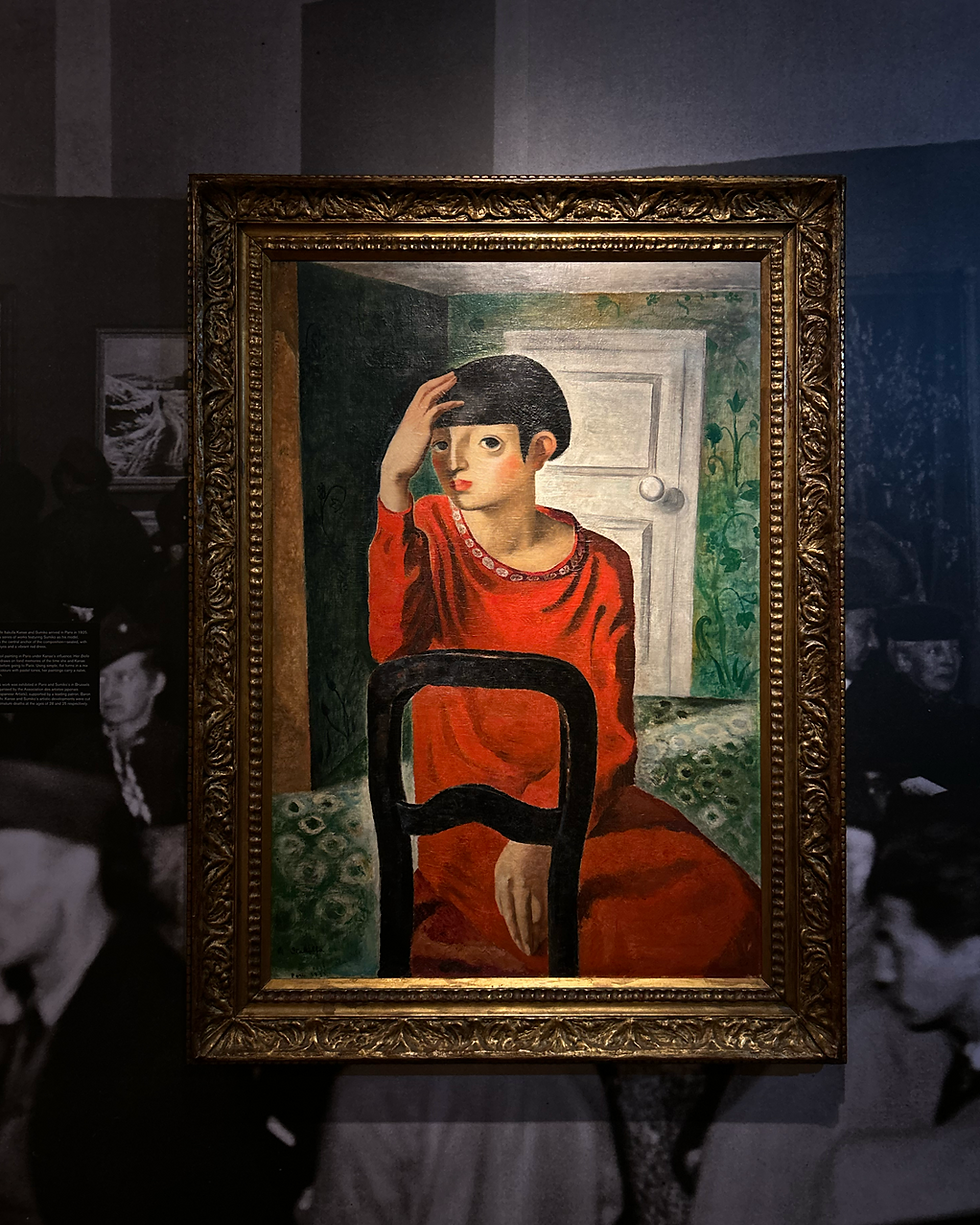City of Others: Asian Artists in Paris
- Pallavi Sabharwal
- Aug 18
- 2 min read

In the decades before the devastation of World War II when Paris stood as the beating heart of modern art, artists from across the world flocked to its ateliers and cafés, chasing inspiration, recognition, and belonging. Among them were groups of Asian artists, painters, sculptors, and visionaries who carried with them rich cultural lineages, only to find themselves negotiating the expectations and dismissals of a city shadowed by its colonial gaze.
Today, in the soft celadon-washed rooms of the National Gallery Singapore, these artworks come together in quiet communion. The exhibition City of Others: Asian Artists in Paris, 1920s–1940s gathers these voices together, curating a narrative of both struggle and brilliance. It illuminates the duality of their experience, finding kinship and creativity in Paris while confronting the limitations imposed by a West that exoticized their origins.
Paris of the interwar years was not just a cultural capital but also the center of a sprawling colonial empire. It was here that Asian artists became part of a diaspora, weaving their heritage into the fabric of modernism while treading a delicate line between East and West. Their works reveal a coexistance of influence and adaptation, the complexity of cultural exchange and displaced identities.
It reminds us that modernism, too often told as a European story, was in fact deeply shaped by those who came from elsewhere, those who redefined the city of light as a city of others.
Foujita Tsuguharu, Self-portrait with cat, 1920, oil on canvas
Images of Raden Mas Jodjana - a Javanese dancer who became part of the experimental dance scene in Paris
Umrao Singh Sher-Gil, Before the fast of fifteen days, Paris, France, July 1930
Artwork by Toshi Shimizu
Yun Gee, Self Portrait, 1929, oil on canvas
Marie Antoinette Boullard-Devé, Panel for the Interior of the Pavilion of Indochina at the International Colonial Exposition, Paris, 1931, Gouache and oil on paper
Hanamaka Katsu, Six-panelled screen with mythological scene, 1939, Lacquer and gold leaf on wood, 6 hinged panels
Amrita Sher-Gil, Untitled (Woman Wearing Shawl), 1932, oil on canvas
Itakulla Kanae, Portrait of an Artist, 1928, oil on canvas



















Comments